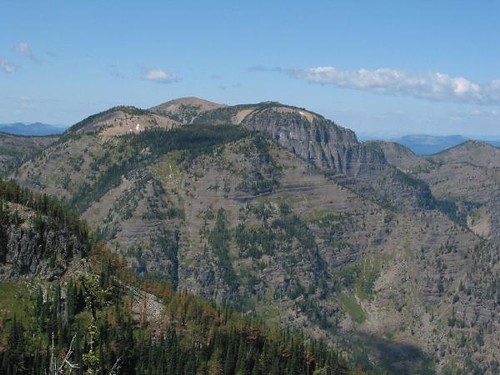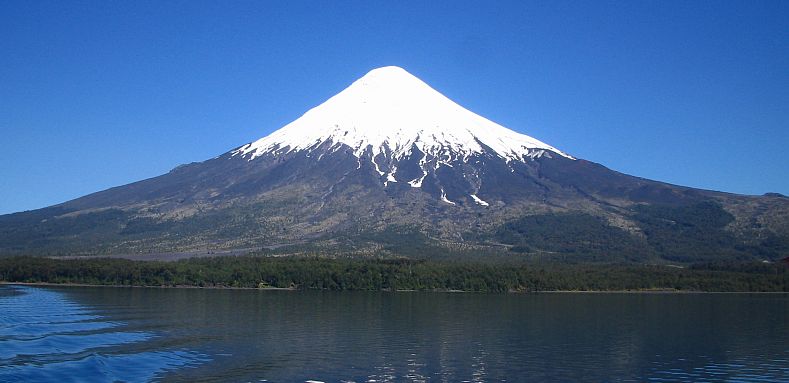Fold Mountains
Fold mountains are formed when two plates collide head on, and they crumble.
The upward folds are known as anticlines, and the downward folds are synclines.
Some examples of fold mountains are the Himalayan Mountains the Andes Mountains.
Fault-Block MountainsThese mountains are formed when cracks in the earth's crust force rock up to the surface and the other rocks down. The earth's crust then pulls apart. This breaks up the rocks the earths crust pushes to the surface. Overtime the rocks build up on the surface to make a Fault-Block Mountain.Some examples of Fault-Block Mountains are the Sierra Nevada mountains in North America and the Harz Mountains in Germany.
Dome Mountains
Dome mountains are formed when magma pushes up under the earths crust. Without reaching the surface, the magma pushes up rocks above. Overtime the magma cools and forms hardened rock. The rocks over the hardened magma are pushed upward to form a dome. But the rock layers of the surrounding area remain flat. An example of dome mountains are the Sierra Nevada range in California.

Volcanic Mountains
Volcanic Mountains are formed when magma deep in the earth, erupts, and ends up on the surface. When the ash and magma cools, it becomes a cone of rock. Rock and magma pile up overtime. Some examples of volcanic mountains are Mount St. Helen's in North America, Mount Pinatubo in the Philippines and Mount Kea and Mount Loa in Hawaii.
Erosion Mountains
Erosion mountains are formed by erosion. They are formed from a plateaus being eroded. Erosion mountains are usually found near folded mountains. Overtime, streams and rivers erode valleys through the plateau, leaving erosion mountains standing between the valleys. An example of erosion mountains are the mountains in New Zealand.


No comments:
Post a Comment